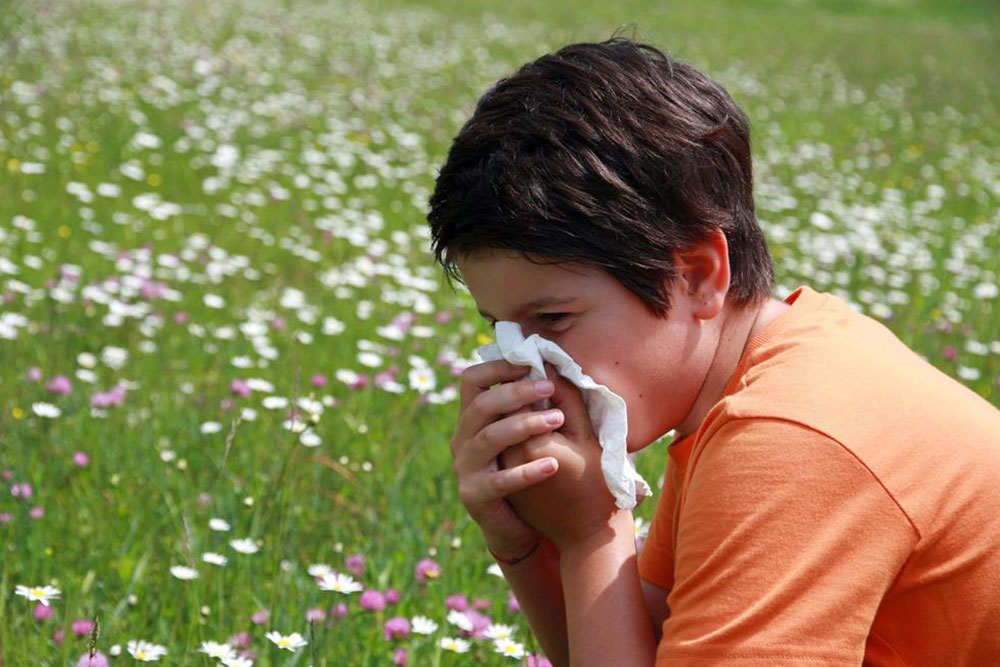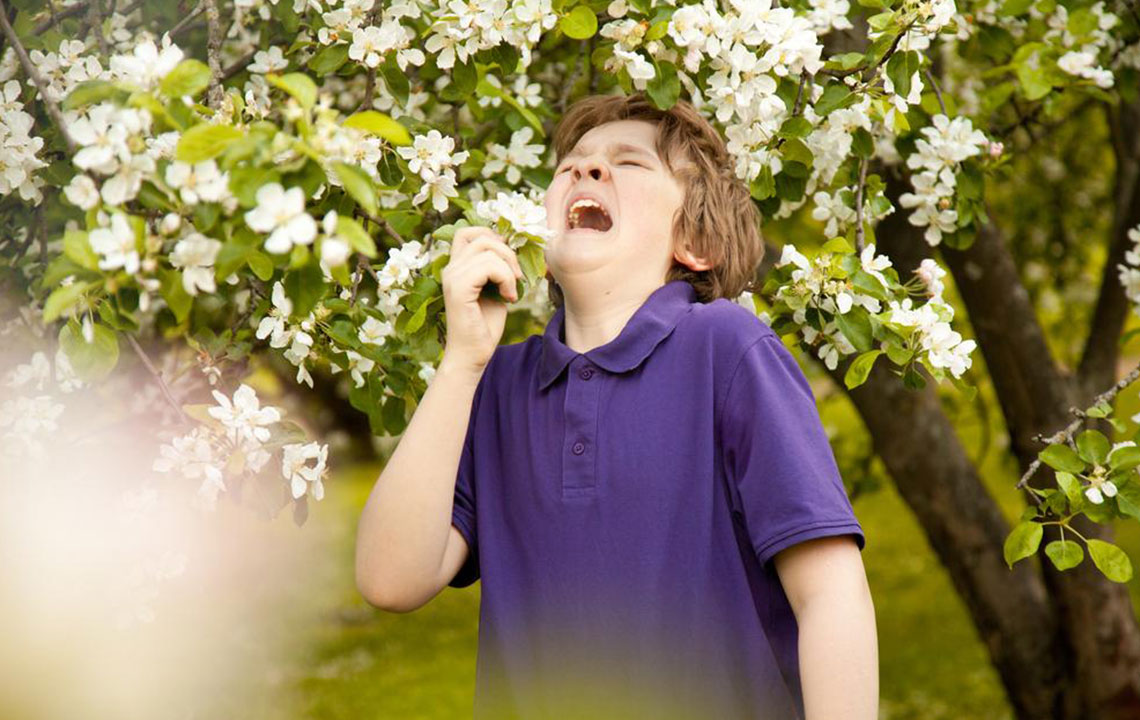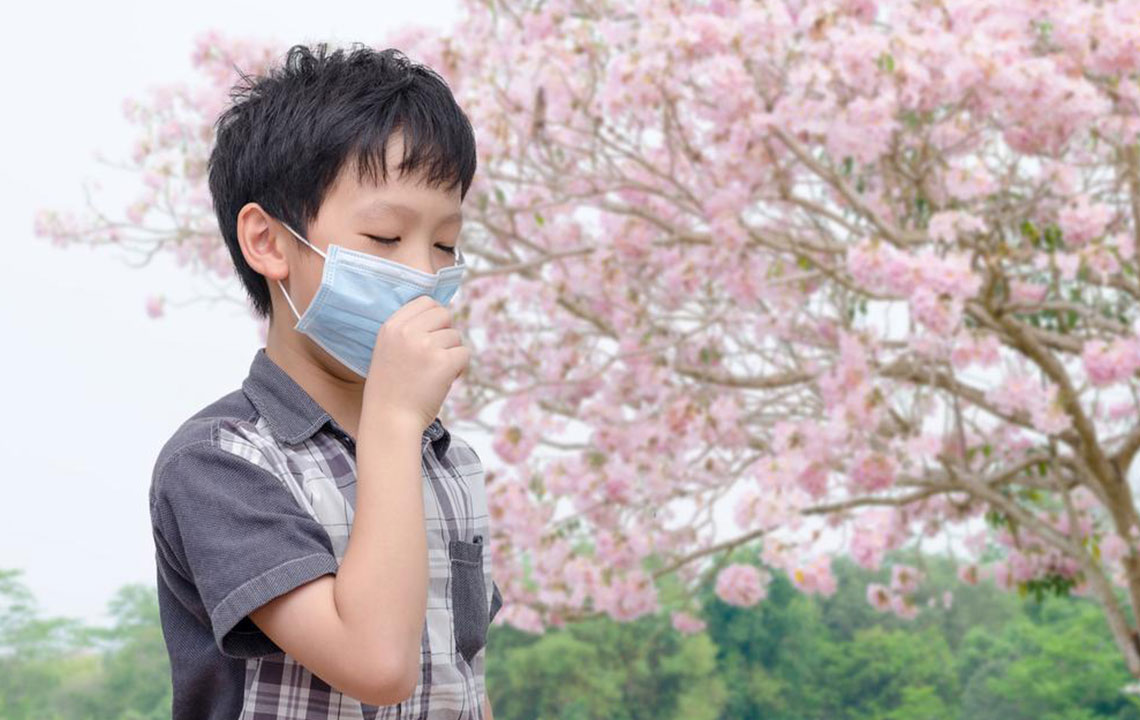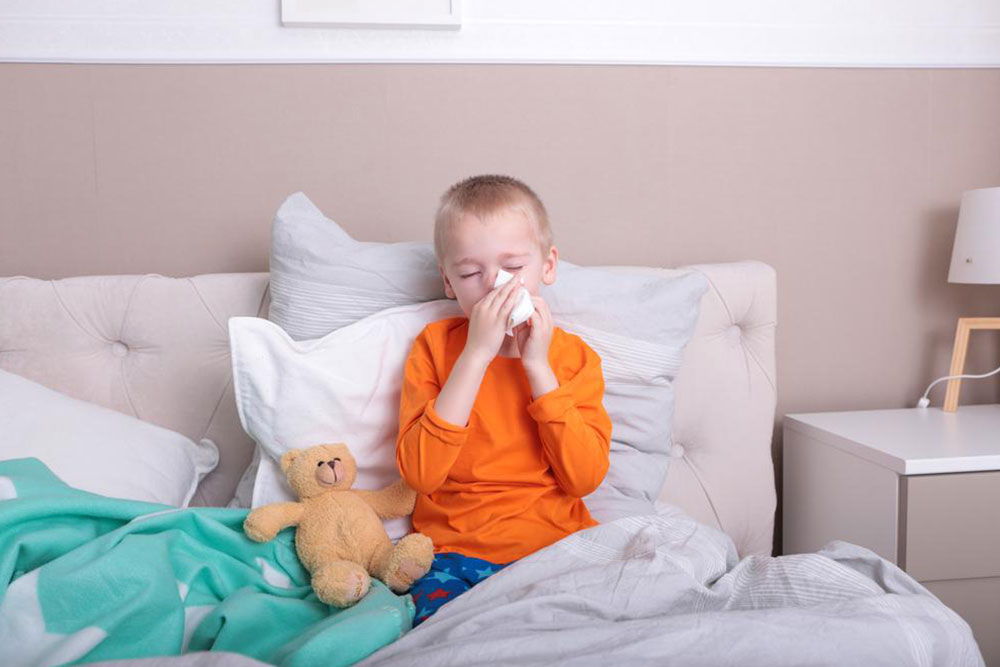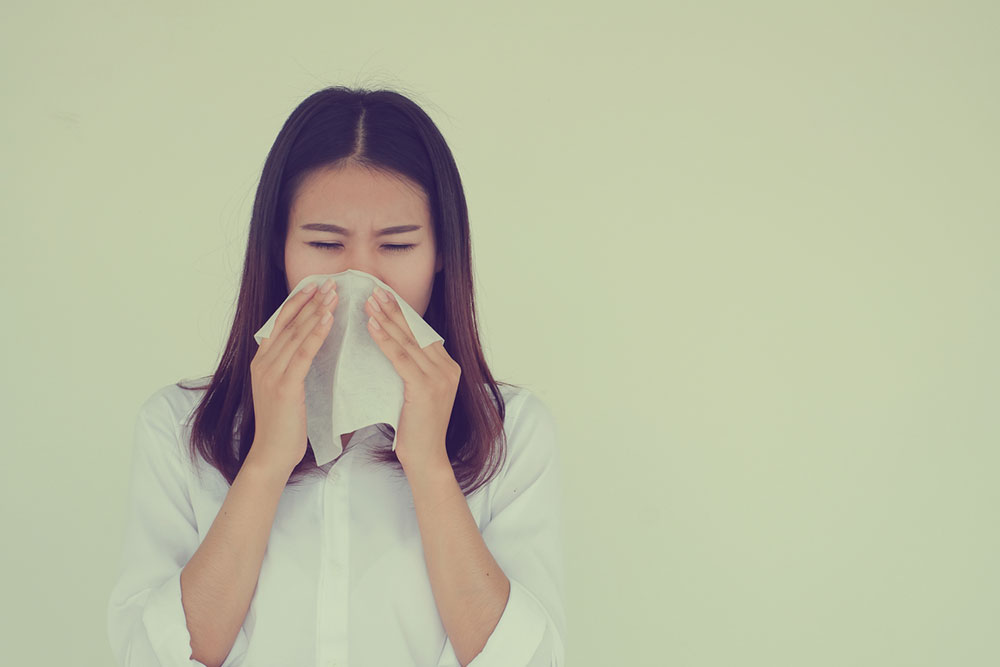Comprehensive Guide to Understanding and Managing Pollen Allergies
This comprehensive guide offers an in-depth understanding of pollen allergies, including how pollen levels are measured, symptoms to watch for, and effective prevention strategies. It provides practical tips for managing indoor environments and using medical treatments to alleviate allergy symptoms. Equipped with knowledge about peak pollen times and best practices, individuals can minimize exposure and improve their quality of life during allergy seasons. Essential reading for allergy sufferers seeking long-term relief and better health management.
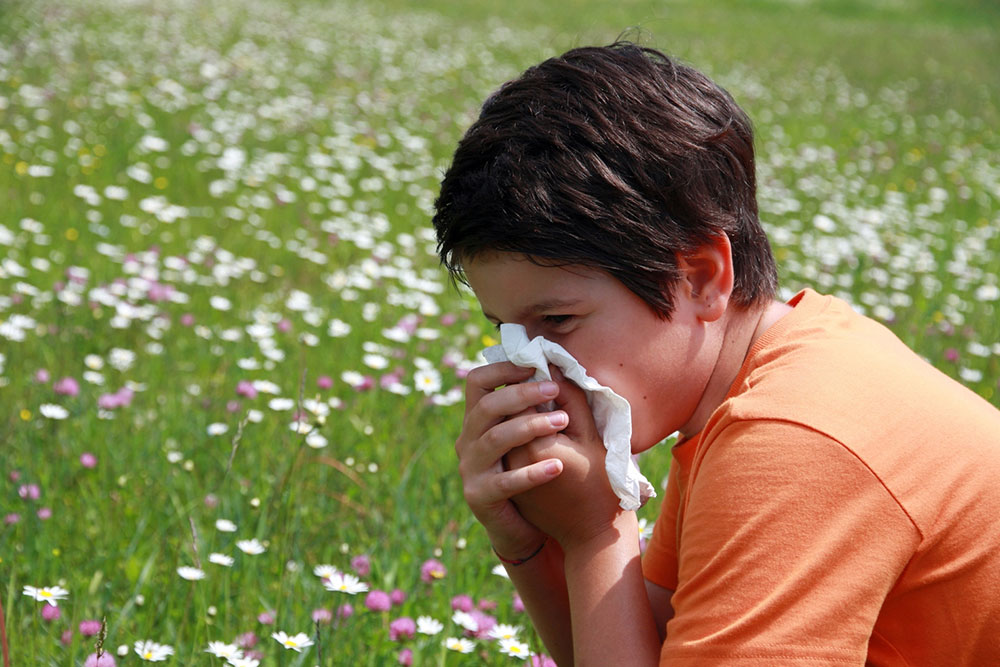
Comprehensive Guide to Understanding and Managing Pollen Allergies
Pollen allergies are a common health concern affecting millions of individuals worldwide, especially during specific seasons when pollen counts are at their peak. These allergies, often manifested as hay fever, can significantly impact daily activities, comfort, and overall quality of life. Understanding what pollen is, how it triggers allergic reactions, and effective strategies for managing symptoms are essential for anyone affected by this condition.
In essence, pollen is a fine powder produced by flowering plants, trees, and grasses as part of their reproductive process. While vital for plant fertilization, pollen becomes a health nuisance when inhaled by sensitive individuals. The immune system of allergic individuals mistakes pollen for harmful invaders, such as bacteria or viruses, and responds aggressively, leading to typical allergy symptoms.
This immune response can happen at any time of the year, depending on local climate and flora, but most commonly occurs during spring, summer, and early fall when plants actively release pollen. For many, these periods coincide with intense allergy symptoms, making it crucial to understand pollen patterns and measurement for better symptom control.
Understanding Pollen Levels and Their Impact
Pollen levels are a crucial metric for allergy sufferers. They represent the concentration of pollen particles in the air at a specific location. Higher pollen counts mean a greater risk of allergic reactions, especially for sensitive individuals. Monitoring pollen levels allows people to plan outdoor activities, reduce exposure, and take preventive measures.
The measurement of pollen levels is a specialized process carried out by allergists and environmental agencies. They use high-tech pollen counters installed on rooftops or elevated areas to collect air samples continuously. These devices trap airborne particles on slides coated with a gel-like substance, enabling microscopic analysis. The data collected is then categorized into low, medium, and high levels, sometimes with details on specific pollen types, such as oak, grass, or ragweed.
Understanding these categories helps individuals decide when to minimize outdoor activities or take allergy medications, thus reducing the severity of symptoms. Knowing the local pollen forecast further enhances this ability, especially during peak seasons.
Methods for Measuring Pollen Concentrations
Accurate measurement of pollen concentration involves a combination of technological instruments and weather analysis. Pollen counters are placed strategically in areas with high airflow, usually on rooftops or tall towers, to ensure a broad representation of airborne particles. Air is drawn into these devices at regular intervals, and particles are collected on slides or filters.
The collected samples are then examined under microscopes by trained technicians who identify the types and quantities of pollen grains present. The results inform public health advisories and help allergy sufferers tailor their precautionary measures. During dry and windy seasons, pollen counts tend to be higher, increasing the likelihood of allergic reactions.
Monitoring pollen levels is especially important during seasons with fluctuating weather patterns, as sudden changes can trigger unexpected spikes in pollen concentrations. Accurate data helps in early warnings and better preparation for allergy season.
Identifying Symptoms of Pollen Allergies
Recognizing the symptoms of pollen allergy early is vital to prevent complications. Common signs include sinus pressure, which often causes facial pain and headache, nasal congestion, and frequent sneezing. Many allergic individuals also experience itchy, watery eyes, runny nose, sore throat, and swollen eyelids.
In some cases, allergic reactions can be more severe, leading to asthma attacks characterized by wheezing, shortness of breath, and chest tightness. Loss of taste and smell can also occur, especially when nasal passages are blocked. If symptoms persist or worsen, consulting an allergist becomes essential for proper diagnosis and treatment.
Early intervention can significantly improve quality of life, so being aware of these signs is beneficial for allergy sufferers. Recognizing patterns, such as symptoms worsening during high pollen days, helps in making informed decisions for managing reactions.
Preventive Measures and Lifestyle Adjustments
Prevention is the most effective strategy against pollen allergies. During peak pollen seasons, individuals should limit outdoor exposure as much as possible. This can be achieved by staying indoors during high pollen times, usually mid-morning to late afternoon, and keeping windows and doors shut to prevent pollen ingress.
Wearing masks—such as N95 masks—when outdoors can significantly reduce pollen inhalation. Regularly checking local pollen forecasts aids in planning outdoor activities around low pollen periods. For those with severe allergies, allergy medications, including antihistamines, decongestants, and nasal sprays, can provide relief.
Some cases may require allergy immunotherapy, commonly known as allergy shots. These are designed to desensitize the immune system over time, decreasing sensitivity to specific pollen types and providing long-term relief.
Home and Personal Care Tips
Managing indoor environments is crucial in reducing pollen exposure. Using HEPA filters in heating, ventilation, and air conditioning (HVAC) systems ensures cleaner indoor air by trapping airborne particles, including pollen.
After outdoor activities, changing clothes and taking a shower helps wash pollen off skin and hair, preventing indoor contamination. Avoid hanging laundry outside, as pollen can settle on clothes and bedding. Keeping windows closed and running air conditioning can maintain a pollen-free indoor atmosphere.
Regular cleaning with a vacuum cleaner equipped with a HEPA filter and wiping down surfaces minimizes indoor pollen levels. Additionally, staying vigilant about mold, dust, and pet dander—common indoor allergens—complements pollen management strategies.
Long-Term Management and Consultation
For persistent or severe cases, consulting an allergy specialist is essential. They can perform allergy testing to identify specific allergens and recommend personalized treatment plans. Regular checkups and adherence to prescribed medications help control symptoms effectively.
Being informed about the latest research on pollen patterns, new medications, and advancements in allergy immunotherapy enhances long-term management. Creating an allergy action plan tailored to your environment and health needs ensures readiness during pollen seasons.
Successful management of pollen allergies improves daily functioning, reduces health risks, and enhances overall well-being. Staying proactive, monitored, and well-informed is the key to living comfortably despite pollen challenges.
